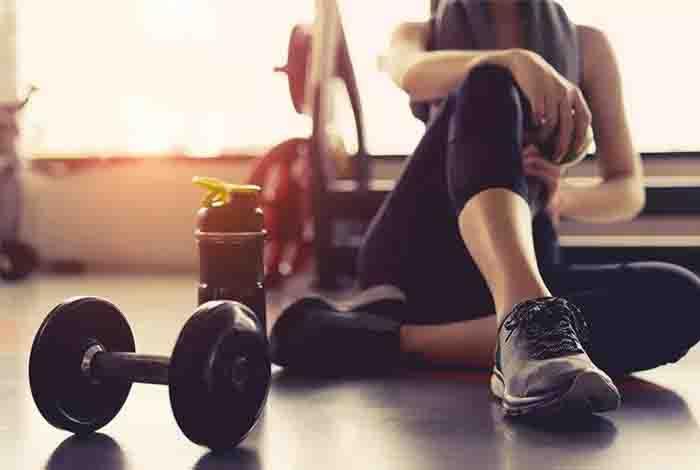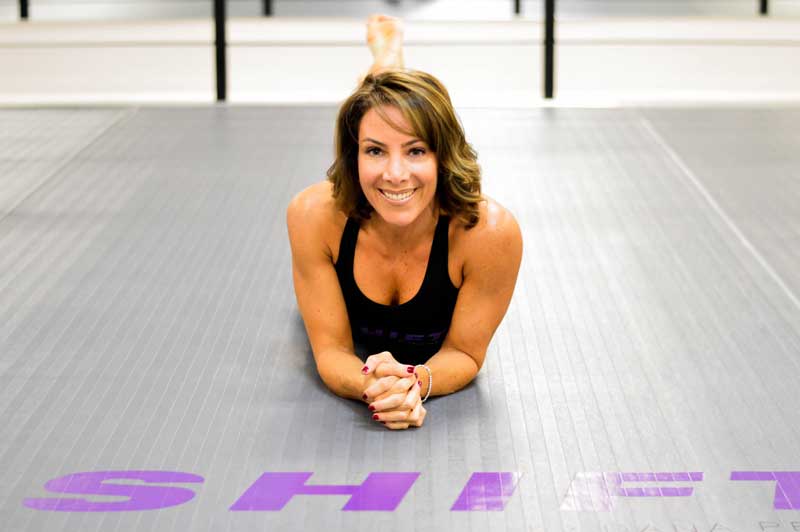Some things trigger you to eat sweets or fatty food. Other things trigger you to get up and move or go to the gym. Fact is, there are good and bad triggers.
Triggers are most often thought of as something that triggers negative emotions. It’s seeing desserts when you order at a restaurant or meeting up with someone who can really push your buttons. Triggers can also be positive. You can use triggers to take positive actions like eating healthy or going to bed at a good hour.
What’s a trigger anyway?
Triggers are things that start a memory tape of a thought, feeling or emotion. Some people, for example, want to eat junk food when they see someone eating potato chips or other high calorie foods. Some people are triggered by using negatives words that make them more anxious. Unexpected bills can make people worry about money.
We all get triggered by something. The key is to take control of triggers and use them toward positive actions.
First, identify your negative triggers. What are things that trigger your bad habits? Who are the people who can push your buttons? What are the things that trigger your TV viewing habits?
Write down your negative triggers. Think about why you have them and how you react to them. What can you do to minimize the trigger? How do you deal with it when it occurs? Just knowing your negative triggers is very helpful. You can deal better with the things you’re aware of. Maybe you’re just discovering negative triggers you didn’t know you had.
Once you’ve identified your negative triggers, think about your positive triggers. What are the things that trigger your positive emotions, feelings and behaviors? Is it a song on the radio? The sun on a beautiful day? A compliment from a friend or coworker?
Write down your positive triggers. Think about why they trigger positive things for you? How powerful are they? How can you use them to do more good things? You want to limit your negative triggers and expand your positive triggers. Set up your positive triggers on purpose. Learn how they work and how they make you feel. Identify other areas of your life where you can create positive triggers to reinforce your good behaviors.
Also, try to identify areas where your positive and negative triggers may overlap.
For example, you may have a favorite restaurant you visit that triggers you to eat healthy food. But you also had a negative experience with a relationship at the restaurant and you don’t like to visit it. Find a similar restaurant that can trigger the response of eating healthy but where you don’t associate any negative emotions. Make sure there are only positive triggers at this restaurant. Protect the location in the future by limiting who you meet at the restaurant, so the location stays positive!


